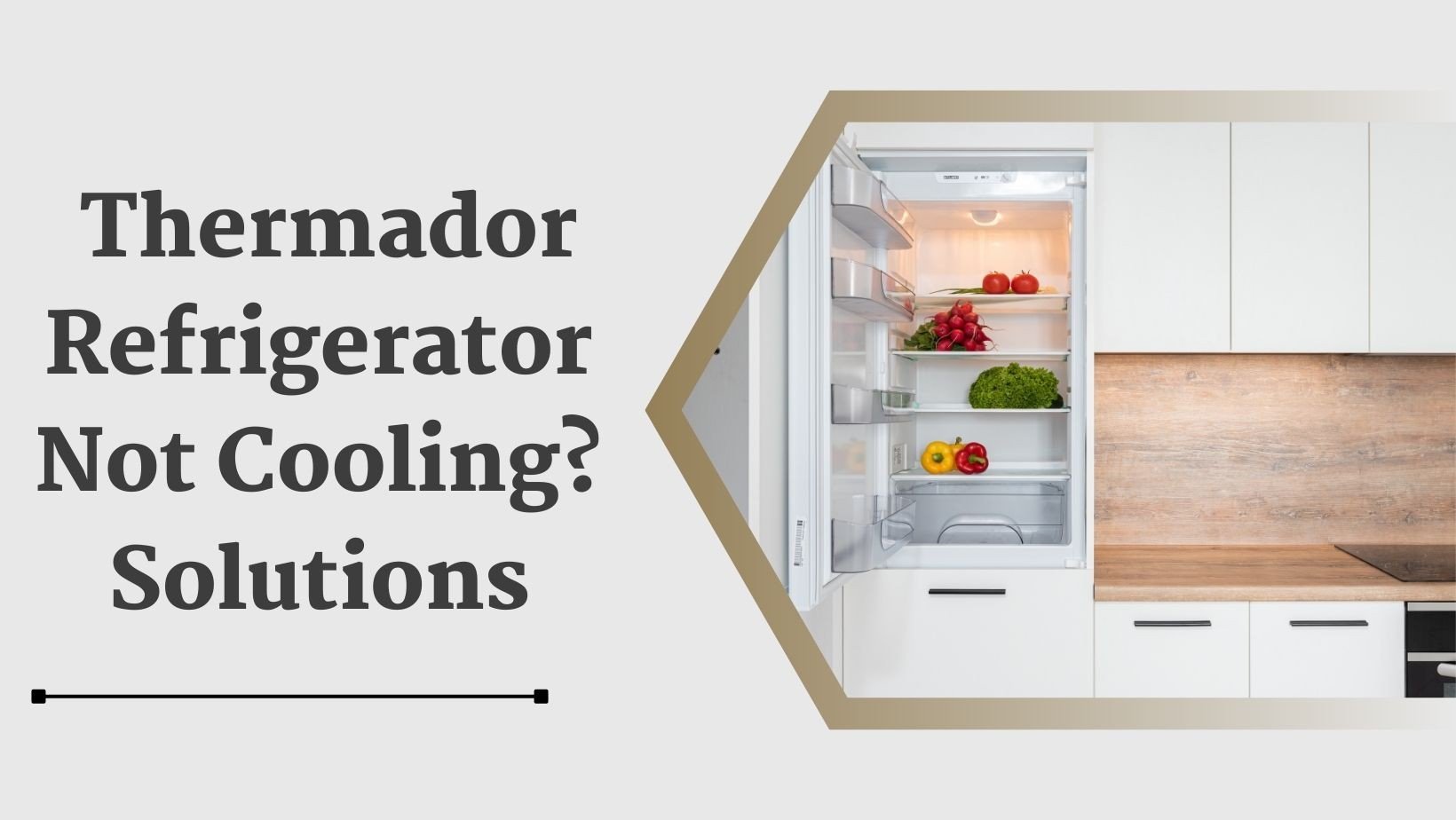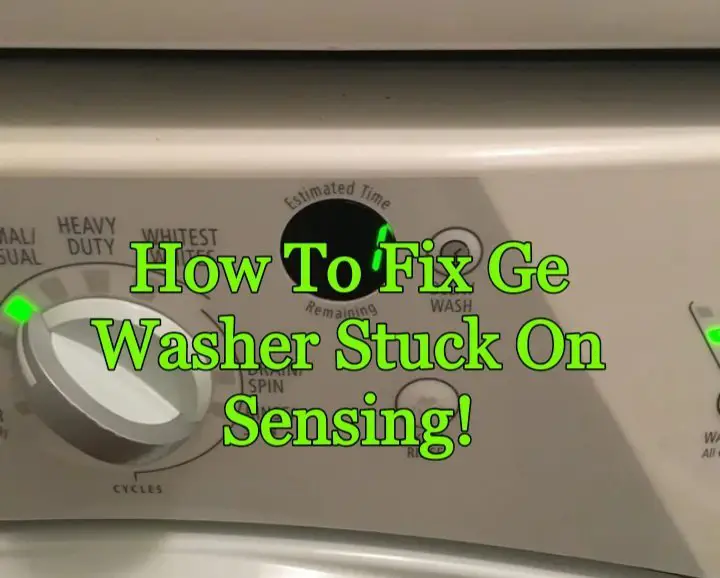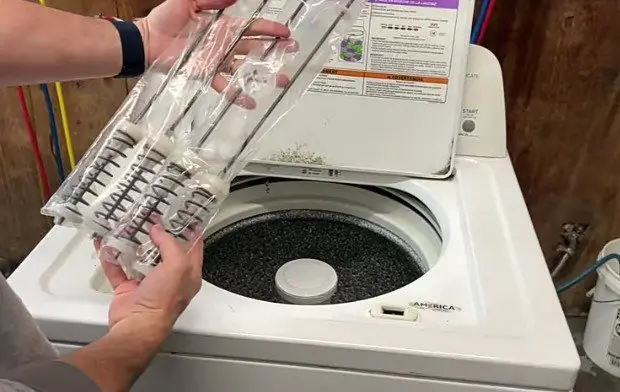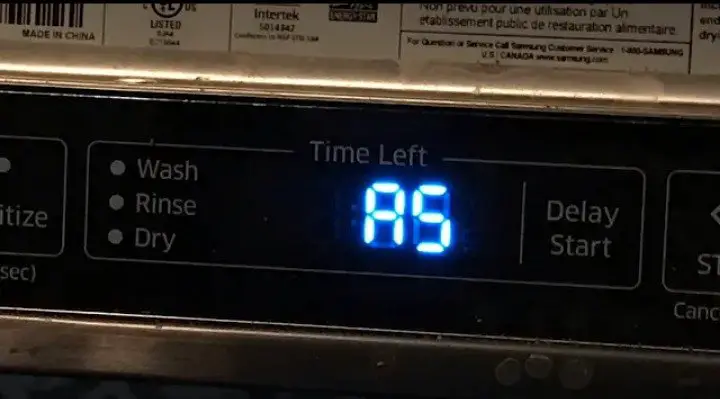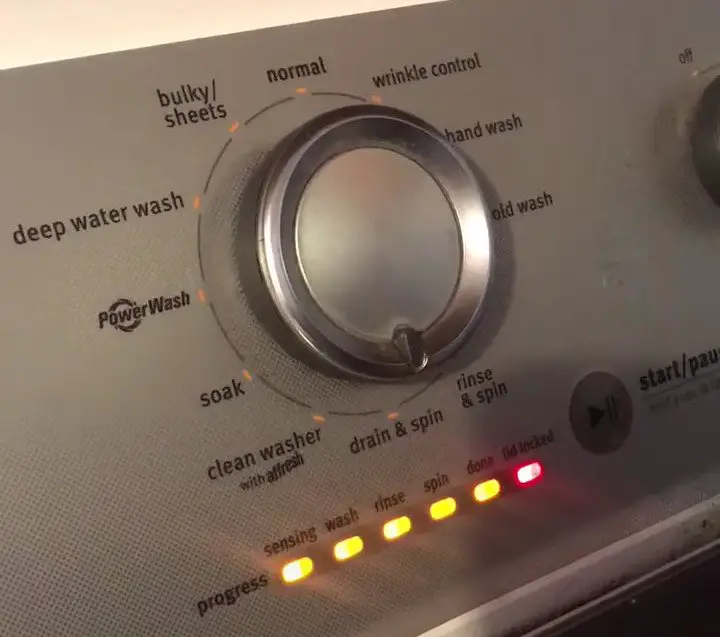Is your Thermador refrigerator failing to keep your food cold and fresh?
In the world of high-end appliances, a malfunctioning refrigerator can disrupt your daily life and culinary experiences.
This article delves into the common reasons behind cooling issues in Thermador refrigerators, offering practical troubleshooting tips and solutions.
From DIY fixes to understanding when professional help is needed, we’ll guide you through maintaining optimal performance and preventing future problems.
Get ready to restore your refrigerator’s cooling efficiency and ensure your food stays fresh and safe.
Common Causes of Cooling Issues
Cooling problems in Thermador refrigerators can arise from a variety of issues, ranging from simple fixes to more complex mechanical failures.
Identifying the root cause is the first step towards restoring your refrigerator’s optimal performance.
Here are some common culprits:
Inadequate Airflow
One of the most frequent reasons for a drop in cooling efficiency is blocked air vents.
Overpacking your refrigerator or placing items directly in front of the air vents can obstruct the flow of cold air, leading to uneven cooling.
Ensure there’s enough space around items for air to circulate freely.
Temperature Settings
Incorrectly set temperatures can also be to blame. If your refrigerator is too warm, check the thermostat settings.

Sometimes, inadvertently adjusting the temperature control can lead to cooling issues.
Thermador refrigerators typically have digital controls that allow for precise temperature management.
Power Issues
Electrical problems, such as tripped circuit breakers or faulty outlets, can disrupt the power supply to your refrigerator, affecting its cooling capability.
Verify that your refrigerator is receiving power and that the outlet is functioning correctly.
DIY Troubleshooting Steps
Before reaching out to a professional, there are several troubleshooting steps you can take to potentially resolve cooling issues with your Thermador refrigerator.
These steps are straightforward and can save you time and money:
Check the Power Supply
Ensure the refrigerator is plugged in and the power outlet is working.
Sometimes, the solution is as simple as resetting a tripped circuit breaker or replacing a blown fuse.
Inspect and Clean the Condenser Coils
Over time, condenser coils can accumulate dust and debris, impairing the refrigerator’s ability to dissipate heat.
Locate the coils – usually found behind the toe kick or at the back of the refrigerator – and gently clean them with a coil brush or vacuum attachment.
Verify the Door Seal
A loose or damaged door seal can allow cool air to escape, reducing the refrigerator’s cooling efficiency.
Inspect the seal for any tears or gaps and clean it with a mild detergent to ensure it is sealing properly.
Adjust the Temperature Settings
If the refrigerator is too warm, check the temperature settings.
For optimal performance, the refrigerator should be set between 35°F and 38°F, and the freezer at 0°F.
Reset the Refrigerator
Some models may require a reset to restore normal function.
Refer to your Thermador manual for specific instructions on how to reset your model.
This can often recalibrate the system and resolve minor issues.
When to Call a Professional
While many refrigerator issues can be resolved with simple troubleshooting, certain problems require the expertise of a professional.
Knowing when to call in a certified Thermador repair service can save you from further complications and ensure your refrigerator receives the appropriate care.
Here are situations when professional help is essential:
- Persistent Cooling Problems: If your refrigerator continues to struggle with cooling despite trying all DIY troubleshooting steps, there might be an underlying issue, such as a faulty compressor or a refrigerant leak, that only a professional can diagnose and repair.
- Strange Noises: Unusual sounds coming from your refrigerator, like buzzing, knocking, or whirring, could indicate mechanical issues with the motor or other internal components. A technician can identify the source of the noise and recommend a solution.
- Electrical Issues: If you suspect your refrigerator has electrical problems, such as frequent power disruptions or issues with the control panel, it’s best to consult a professional. Handling electrical components can be dangerous without proper training and equipment.
- Warranty Concerns: Attempting repairs on your own might void your warranty. If your Thermador refrigerator is still under warranty, contact a certified service provider to take advantage of covered repairs.
Choosing a certified Thermador repair service ensures that your refrigerator is in good hands.
Technicians trained by the manufacturer will have the necessary parts, tools, and expertise to repair your appliance efficiently and effectively, restoring its performance and extending its lifespan.
Maintenance Tips to Prevent Future Issues
Regular maintenance is crucial for keeping your Thermador refrigerator running smoothly and efficiently.
By following these simple tips, you can prevent future cooling issues and ensure your appliance operates at its best:
- Clean the Condenser Coils Regularly: Dust and debris can accumulate on the condenser coils, impairing the refrigerator’s ability to cool effectively. Cleaning the coils every six months can significantly improve efficiency and prevent overheating.
- Check and Clean the Door Seals: A tight seal is essential for maintaining the internal temperature of your refrigerator. Inspect the seals for wear and tear and clean them with a soft cloth and mild soap to remove any food residue or grime. Replace the seals if you find any cracks or damage.
- Monitor the Temperature: Keep an eye on the temperature settings to ensure they are within the recommended range (35°F to 38°F for the refrigerator and 0°F for the freezer). An appliance thermometer can help you monitor these settings accurately.
- Defrost When Necessary: If your model is not frost-free, ensure you defrost it regularly to prevent ice buildup, which can affect the appliance’s cooling efficiency.
- Keep the Interior Clean: Spills and crumbs can lead to odors and may even attract pests. Regular cleaning of the interior with a mild cleaner can keep your refrigerator hygienic and odor-free.
By incorporating these maintenance tips into your routine, you can enhance the performance and longevity of your Thermador refrigerator, avoiding common issues and ensuring it remains a reliable part of your kitchen for years to come.
To Conclude
Addressing cooling problems in your Thermador refrigerator promptly can save you from the inconvenience of spoiled food and ensure that your appliance continues to perform at its peak.
This article has guided you through identifying common causes of cooling issues, and implementing DIY troubleshooting steps.
We’ve also discussed when it’s necessary to call in a professional and how regular maintenance can prevent future problems.
It’s important to remember that your refrigerator is a complex appliance, and while many issues can be resolved with simple fixes, some situations require the expertise of a certified technician.
By taking proactive steps towards maintenance and being mindful of the signs that indicate a problem, you can extend the life of your Thermador refrigerator and maintain its efficiency.
